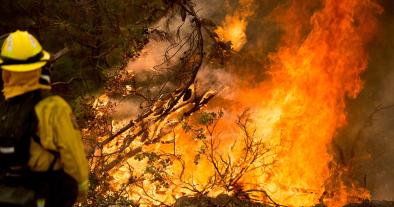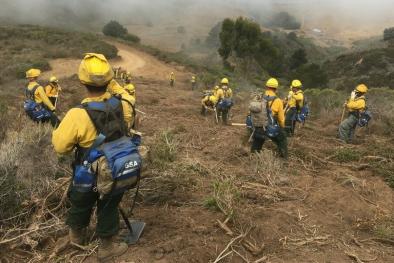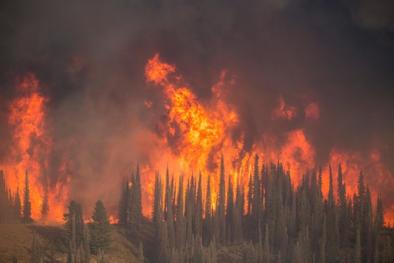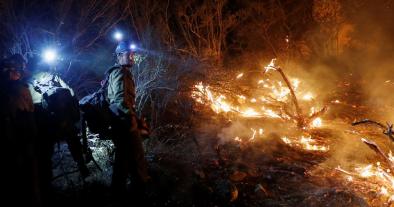Climate Change Impacts on the National Park System
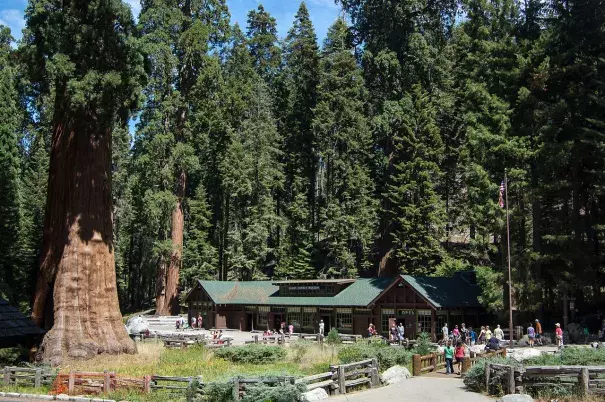
Today, the Sequoia National Park covers more than 400,000 acres but concern is growing for the trees that have been protected for a hundred years. The concern centers around global warming, which is impacting these forests through rising temperatures and drought conditions.
A decrease in snowpack in the Sierras, coupled with drier conditions across the region, has significantly increased the number and danger of wildfires, while decreasing water availability to the trees during summer months. Older trees are already experiencing dieback due to the drought conditions, and with just 65 sequoia groves in the world, and most of them in this region, climate change impacts could have devastating consequences.
Sequoia National Park is just one of 59 national parks and 352 other historical sites, including monuments, battlefields, and trails. All of them are at risk for climate change impacts, and, as there is at least one in every state, each state is likely to feel the changes.
Glaciers are drying up, temperatures are rising and permafrost is thawing – destroying archeological sites. Also, increased extreme weather events and natural disasters – coupled with sea-level rise – are damaging historic monuments, often due to flooding, such as the Statue of Liberty during Hurricane Sandy
Related Content
